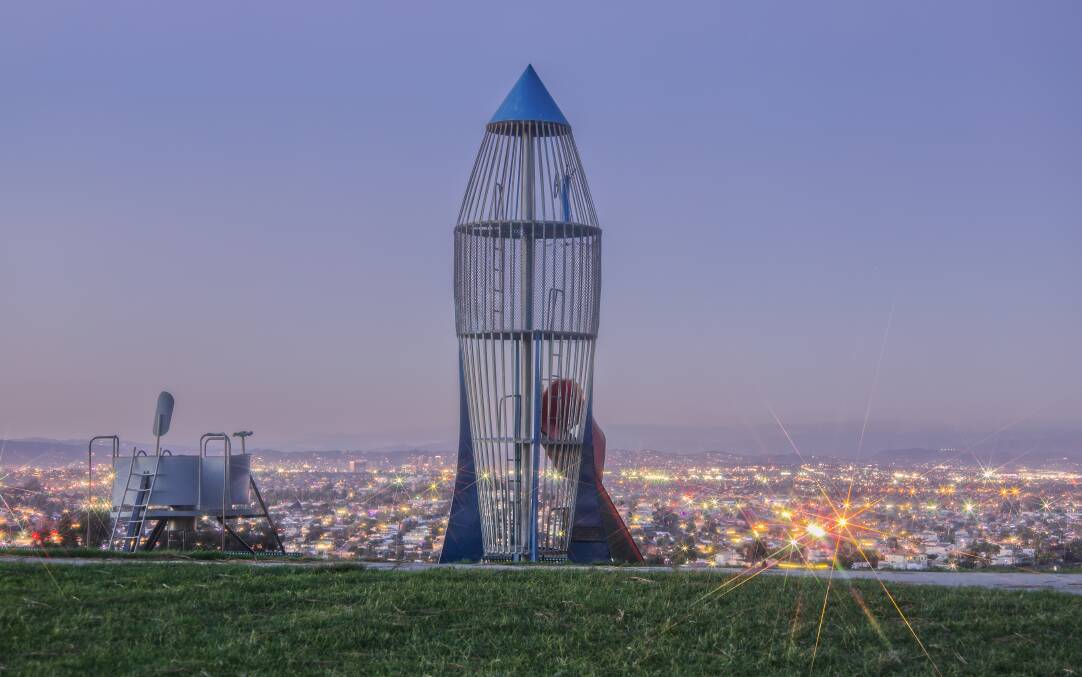This week we saw two new rockets tested, and while both ended in explosions, both are big steps forward to cheap, regularly, and reliable access to space.
The Japanese company Space One had their first launch of its Kairos rocket on Wednesday, and less then 36 hours later, SpaceX had the third test of their new rocket, Starship.
Even though the design and engineering are very different of these rockets, the goals are ultimate the same.
Space One's Kairos rocket is relatively small, only 18 metres tall. The aim is to send small satellites up to 250 kilograms into orbit around the earth. To put this into scale, the Saturn V, which carried astronauts to the moon, was 110 metres tall and could carry over 140,000 kilograms into space.
250 kilograms may not seem like a lot, but a lot of the satellites we build now can be as small as five or 10 kilograms. The vast majority of satellites built are around 250 kilograms or lower.

Just as our computers and phones have decreased in size, the same goes with our satellites. By being lighter, it requires less energy to put the satellite into orbit. Less energy means less fuel, and therefore cheaper. Rockets that are smaller and focused on carrying these lighter satellites into space are needed to meet the growing demand.
The Kairos rocket is very similar in size to the New Zealand-based Rocket Lab's Electron rocket. The unique vision of Rocket Lab has made New Zealand the fourth most prolific rocket launcher as a country.
Space One is hoping to get into this market. At the rate we are building satellites, we are finding delays in launch sometimes - as you need to wait for a spot, much like trying to book a flight and finding all the seats are booked. Your options are you can either take a more expensive flight, or wait a longer time for a cheaper one.
Space One goals are very similar to Starship - except SpaceX wants to do this on a much larger scale, and to the moon.
Starship is about nine metres taller than Saturn V, and can carry nearly twice as much weight.
Like SpaceX's current Falcon 9 and Falcon 9 Heavy, the entire system is reusable. These rockets go up, send the satellite or humans into space, and come back down and land. This has been a huge step in progress.
With Starship, both the Starship space vehicle and heavy booster will be able to land and be reused. By reusing components, it ultimately brings down the cost, and for space, that is the name of the game.
These issues are similar to airplane travel. For short flights, you have a smaller plane that has more flights but carries less people while the long-haul flight will be a bigger plane, carry more people, but flies less often.
These changes mean that instead of costing about $50,000 per kilogram to launch something into space like it did with the Space Shuttle, it is now around $1000 to $2000 per kilogram, and soon will be $300-$400 per kilogram.
Space is getting busier - and even cheaper.
- Brad Tucker is an astrophysicist and cosmologist at Mt Stromlo Observatory and the National Centre for the Public Awareness of Science at the ANU.







